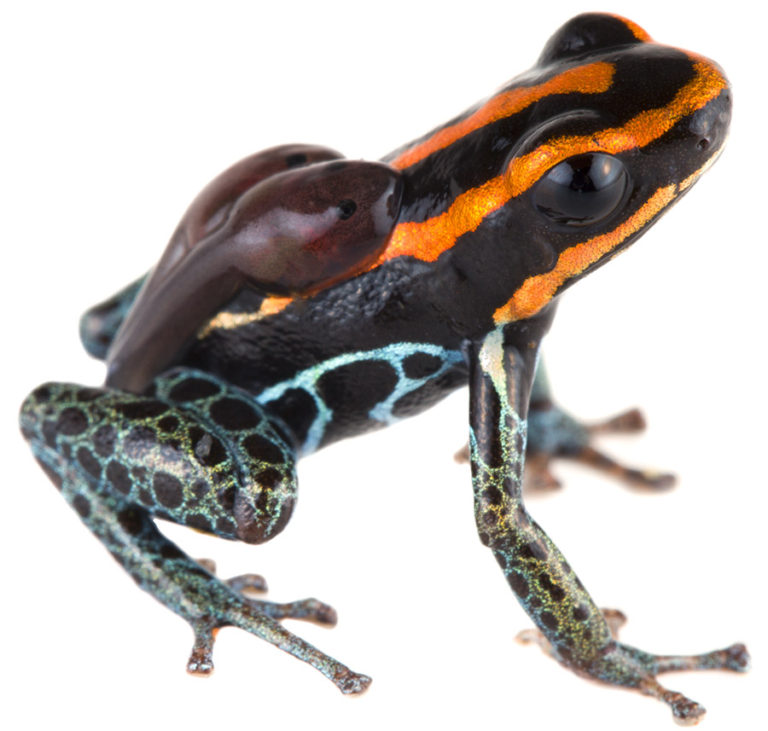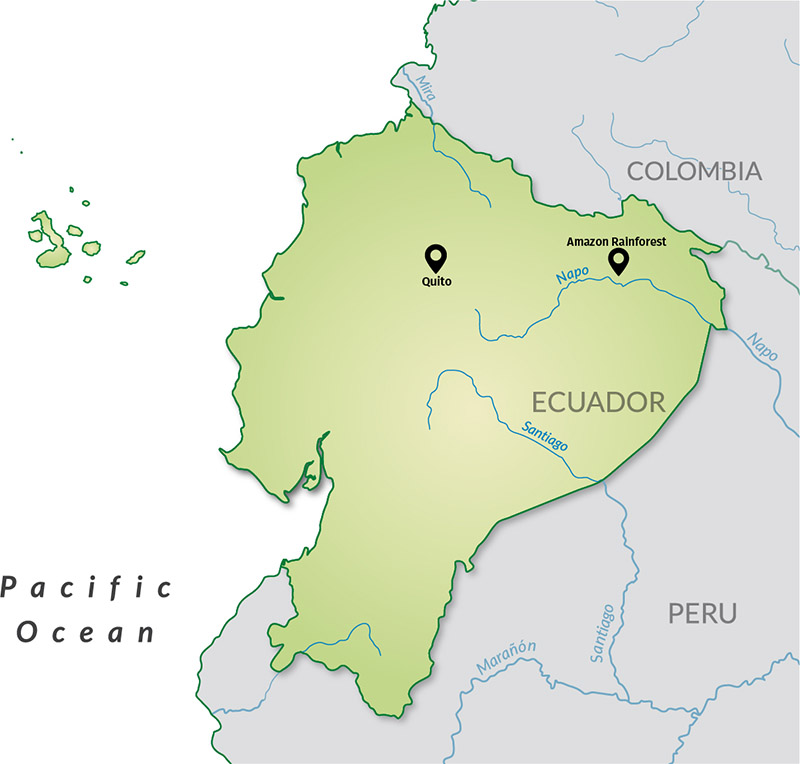About the Herping Tour
A little explored universe; however, one of the most amazingly diverse is that of macro photography. Today, amphibian and reptile photography, thanks to its high impact on details and new techniques, has increased its popularity in nature photography.
Let’s design your Amazon herping tour together to take a microcosm in images!

Date
10 -21 Marzo 2020
Activity level
Moderado
Available spaces
Moderado
About the route
Daniel Mideros
Born in Ecuador. Professional photographer graduated in Advertising Communication and Marketing at the Universidad San Francisco de Quito. From an early age he showed a fascination with nature, photography and outdoor activities.
In his professional life he has dedicated himself mainly to the field of ecotourism, linked to visual communication and sustainability. This has led him to tour majestic places and feel unique experiences; all this emotional, experiential energy prompted him to undertake his own project with the desire to share these places and adventures with more people.
Jaime Culebras
Born in Spain. Bachelor of Biology, MSc. in Environmental Education and MSc in Biodiversity and Conservation of Tropical Areas. He has been living in Ecuador for more than 7 years, where he works as a reptile and amphibian researcher, and nature photographer, receiving numerous photography and conservation awards such as Big Picture Photo Competition, Montphoto, Wildlife Photographer of the Year, GDT European Wildlife Photographer of the Year, among others. Conservation Award “Montphoto Grant – WWF 2017”, among others.
His greatest interest is to spread the existence and importance of threatened species, to promote love towards reptiles and amphibians, as well as the fight against illegal trafficking of species and the snake-human conflict.

In the morning, early, we will leave from Quito to the city of Coca (Francisco de Orellana), crossing the eastern mountain range of the Andes.
In the city of Coca, we will embark on canoes for an hour and a half, delighting our eyes with the landscapes and animals that the Napo River offers us.
Once we arrive at the lodge, we will accommodate and have our lunch to recover some energy.
In the afternoon we will make a walk along one of the paths of the lodge, our first contact with the primary forest!
After the activities, we will return to the lodge to rest and enjoy dinner.
With a full stomach and recharged batteries, we will have our first night out to see and photograph the Amazonian herpetofauna.
During the next two nights, we will make night walks looking for and photographing the herpetofauna of the place, which includes alligators, tree frogs, poison frogs, rainfrogs, snakes, vipers, lizards, etc.
In the morning, we will have the option of looking for small beings to practice our macro photography expertise or go to the Observation Tower, which allows us to observe a wide variety of birds while enjoying a panoramic view of the Amazon forest.
In addition, for those who wish to walk in the afternoon, we will have tours of trails, which give us the opportunity to learn, through our local guides, the use of some plants within the indigenous culture, in addition to delight in the sounds of the birds, monkeys, insects and other animals, combined with rowing trips along the river and the lagoon.
After breakfast and with our bags ready, we will embark on our canoe trip to the city of Coca; the journey will be about an hour and a half.
Once there, we will head to the capital, Quito.
For our last destination, the Amazon region of hot and humid weather, we recommend bringing long pants, shirts or long-sleeved shirts and a lightweight material that help perspire less and avoid mosquitoes that can be quite annoying, since the region is between 100 and 800 meters above sea level.
For a better experience, it is important to know a couple of factors which will facilitate your stay in Ecuador:
If you’d like to take home a couple of souvenirs, we recommend bringing a little extra cash in order to acquire these at the different locations we will be staying at (Ecuador’s currency is the US dollar). Most places only take cash. We recommend bringing small bills or coins, as most places do not accepts bills larger than $20.
The tropical regions have a lot of mosquitos, so bringing mosquito repellent is very important.
Sunblock.
Hats.
Flashlight (a headlamp is preferable).
Bags to store wet clothes.
Water bottle.
As photographers, we know how difficult it is to decide how much equipment to take on trips, as we always want to take all of our equipment with us so that we can take advantage of our experiences. Here is a list of equipment we recommend bringing:
- Macro lens
- Wide angle lens
- Equipment protector for the rain
- Tripod
- Flash
- Batteries
- Battery chargers
- Cleaning equipment
- Plug adaptor
Accommodation.
All tour meals.
Expert photographer guide.
Quito – Coca – Quito air ticket/transfers (depends on the choice).
Boat.
Reserve fees.
International air tickets and airport taxes.
Additional nights.
Quito Hotel.
Alcoholic beverages, snacks and drinks that are not part of the meals.
Laundry service.
Personal expenses.
Tips.
Any other service not specified in the document.
Featured sightings

Amphibians

